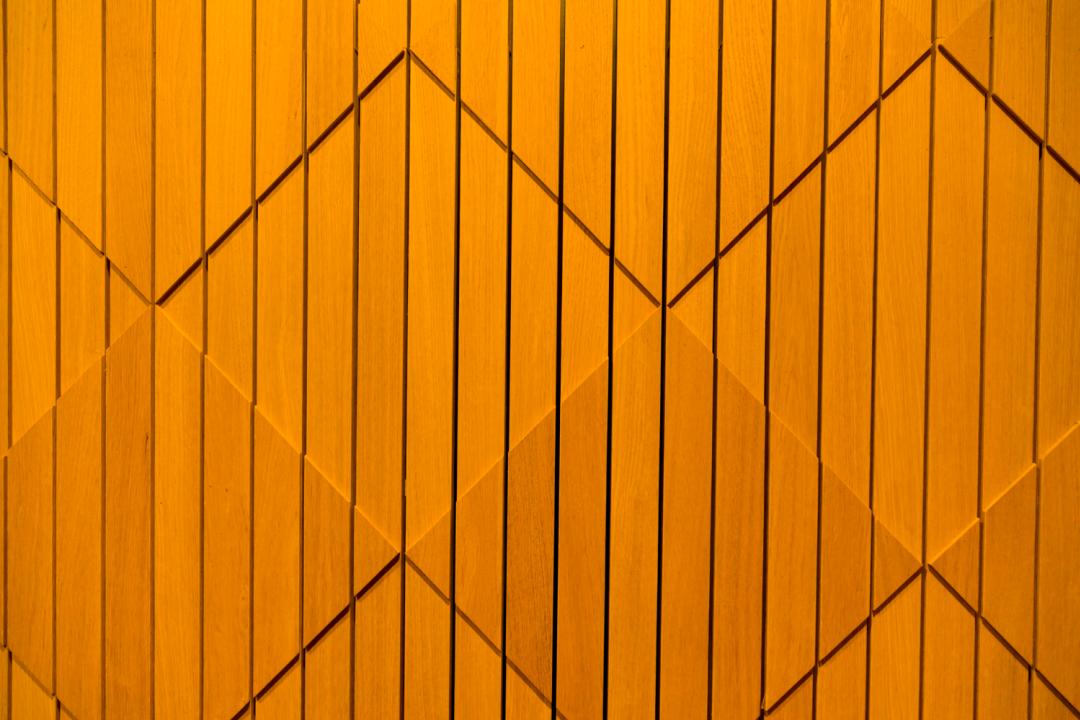In today’s evolving architectural landscape, noise is no longer considered just a byproduct of activity—it’s a measurable element that affects mood, concentration, and overall spatial quality. Whether it’s a corporate office, educational institute, hospitality space, or even a modern home, the demand for high-performance sound control materials has placed Acoustic Wood Panels in a prime position within interior design solutions.
But beyond their undeniable aesthetic charm and warmth, there’s more to Wood Acoustic Paneling than meets the eye. One of the most technical yet crucial aspects to consider is the NRC rating—short for Noise Reduction Coefficient. It’s this metric that separates decorative wooden panels from functional, acoustically tuned ones. This article delves deep into what NRC means for Wooden Acoustic Panels, why it matters, and what you should really know about installation beyond the usual how-tos.
NRC Rating: A Deeper Understanding
The Noise Reduction Coefficient (NRC) is essentially a numerical value that indicates how much sound a surface absorbs. An NRC rating of 0 means no sound absorption (complete reflection), while 1 means total absorption.
When applied to Acoustic Wood Panels, NRC ratings aren’t just numbers—they represent performance potential. A panel rated at 0.75, for instance, can absorb 75% of incident sound energy, while the remaining 25% reflects back into the space.
Interestingly, Wood Acoustic Paneling—by nature of its material composition—was historically viewed more for diffusion than absorption. But innovations in panel construction, backing materials, micro-perforation techniques, and installation methods have completely transformed this narrative. Today, it’s not uncommon to find Wooden Acoustic Panels with NRC values ranging from 0.65 to 0.90, thanks to built-in acoustic backings like PET felt, mineral wool, or fiberglass.
Not All Wood is Equal in Sound Management
While wood as a base material provides warmth and timelessness, its density and surface characteristics play an instrumental role in determining acoustic performance. For Acoustic Wood Panels, several variables influence their NRC performance:
Perforation pattern (round holes, grooves, slats)
Thickness of the panel
Type of backing used
Air cavity between panel and wall/ceiling
This is where technical expertise and collaboration with acoustic consultants often become necessary—though not always openly discussed in design discourse. An architect or designer specifying Wooden Acoustic Panels must understand that two panels may look visually similar but perform vastly different acoustically.
Installation: More Than Just Mounting Panels
Installation is often treated as an afterthought—but it’s precisely here that many projects fall short. The performance of Wood Acoustic Paneling is tightly linked to how it is installed. A well-designed panel with high NRC potential can underperform if incorrectly mounted or if its acoustic backing is compromised during fitting.
For instance, spacing from the wall matters. Creating an intentional air gap behind Acoustic Wood Panels can significantly enhance sound absorption at lower frequencies. Similarly, ensuring there are no gaps or tears in the acoustic insulation layer behind the panels is essential.
Another underrated factor is the continuity of installation. In open-plan offices or public buildings, maintaining an uninterrupted stretch of Wooden Acoustic Panels across a space can ensure uniform acoustic performance. Fragmented installation often leads to “dead zones” and areas with echo or flutter.
And let’s not forget about the ceiling. When ceiling panels are suspended correctly, they can act as acoustic clouds, absorbing sound from multiple directions. Floating Wood Acoustic Paneling systems with concealed suspension mechanisms are not just functional but are now a statement of refined spatial design.
Design Meets Science
Where Wood Acoustic Paneling truly shines is in its ability to marry engineering with emotion. Unlike other acoustic materials that may prioritize performance at the cost of aesthetics, Wooden Acoustic Panels strike a compelling balance.
Natural wood grain, customizable stains, CNC-cut patterns, and modular configurations have made Acoustic Wood Panels the darling of designers and architects seeking a solution that doesn’t scream “utility.” Whether it's a geometric layout in a boutique hotel or a minimalist slatted design in a co-working hub, these panels offer more than just sound dampening—they contribute to the identity of the space.
Moreover, with increasing sustainability goals, many manufacturers now offer FSC-certified Wood Acoustic Paneling options, low-VOC finishes, and recyclable acoustic cores. This makes them a thoughtful choice for LEED or WELL-certified buildings.
Trends to Watch
The next wave of innovation in Wooden Acoustic Panels is leaning into smart materials and parametric design. Integrating lighting, ventilation diffusers, or even digital wayfinding into Acoustic Wood Panels is becoming a reality. Additionally, AI-driven modeling tools are now helping designers simulate acoustic behavior based on the NRC values of panels, allowing real-time optimization of both design and performance.
Another trend is modularity—moveable Wood Acoustic Paneling systems that adapt to changing space needs. Especially in flexible workspaces, this ability to reconfigure panels without losing acoustic performance is a game-changer.
Conclusion: More Than Meets the Ear
To the untrained eye, Wooden Acoustic Panels may simply appear as textured wooden features—but beneath that elegant veneer lies a complex interplay of design intent, acoustic science, and execution precision. Understanding NRC ratings is more than a checkbox—it’s about knowing the true capacity of the material and ensuring that the performance promised on paper is delivered in practice.
As modern environments continue to prioritize comfort, collaboration, and concentration, Acoustic Wood Panels are poised to remain an essential tool—not just for the way a space looks, but for how it feels and functions acoustically.


















